
Crucial BX200 Review (480GB & 960GB)
Manufacturer: CrucialUK price (as reviewed): 480GB: £109.99 (inc VAT); 960GB: £221.50 (inc VAT)
US price (as reviewed): 480GB: MSRP $149.99 (ex Tax); 960GB: MSRP $299.99 (ex Tax)
The MX100 was a massively successful SSD for Crucial. At the time, it was one of the least expensive drives around yet still performed exceptionally well, especially in typical client workloads. Since then, Crucial has split its SSD portfolio further with the introduction of the BX series, which trades in certain features and elements of performance for even greater value, thus bringing Crucial into new areas of the market. The simple truth is that many, if not most, people will rarely spot a difference in performance between the majority of modern SSDs, so cost per gigabyte is still the overriding factor in purchase decisions.
Launching today is the BX200, which is a direct replacement for the BX100, stocks of which will now start to phase out. Remember, this is the company’s value line of SSDs, so it’s mainly targeting those users who still haven’t upgraded from a HDD rather than those upgrading from an older SSD, and there are plenty of them. As such, Crucial is being extremely aggressive with its pricing with MSRPs set at £66.50 (240GB), £117 (480GB) and £235 (960GB) – the 128GB-class has been removed for this launch. This represents a reduction in cost per gigabyte of approximately 20 percent compared to the launch MSRPs of the BX100. They are also some of the lowest prices on the market, and real pricing is likely to be below these MSRPs in the weeks and months post-launch - in fact, Scan already has the drives on pre-order for less. The MX series will continue as the mainstream offering with greater performance and more features for a small bump in price.
| Crucial BX200 Specs | 240GB | 480GB | 960GB |
| Interface | SATA 6Gbps | ||
| Formatted capacity | 223.57GiB | 447.13GiB | 894.25GiB |
| Controller | Silicon Motion SM2256 | ||
| NAND dies | 128Gbit Micon 16nm TLC | ||
| DRAM | Micron LPDDR3 | ||
| Endurance | 72 TBW | ||
| Warranty | Three years | ||
Unlike the MX200, which comes in M.2 2280 and M.2 2260 form factors, the BX200 is 2.5in only, which makes sense for the general upgrade and system integrator markets. It’s a 7mm tall drive but is supplied with a 9mm spacer as well as a code for Acronis True Image HD to make OS migration relatively painless.
The BX100 used a Silicon Motion SM2246EN controller, and this has been given a minor upgrade to the SM2256. Physically, t’s pretty much the same, again using a single core 32-bit RISC CPU and having four NAND channels. As you’d expect, it runs custom, Micron-verified firmware.
The main change in the SM2256 is the support for new NAND types, specifically triple-level cell (TLC) flash. This is the driving force behind the controller change as Crucial is now using Micron’s 128Gbit 16nm TLC NAND dies instead of the previous MLC ones, and the BX200 is the first TLC product from Crucial/Micron.
TLC NAND can store three bits per cell instead of the two in MLC, making it cheaper to produce. This is the primary reason for the low pricing, but TLC does have lower performance (especially with writes) and endurance. Crucial is combatting the first problem in a way that is now familiar, by treating a fixed portion of the NAND as SLC (i.e. one bit per cell) which is much easier and thus faster to write to. All write operations first target this cache, which is 3GB, 6GB and 12GB in the 240GB, 480GB and 960GB drives respectively. It then empties itself into the user accessible TLC during idle periods. The write speeds quoted below are those of the cache; if a single command or set of commands exceeds the size of the cache without idle time then the controller will be forced to write direct to TLC. Crucial does not quote these speeds, but we can expect it to be much slower. Still, this is a familiar technique and one used also by OCZ and Samsung, for example, and it is appropriate to the value client market as write commands typically come in small, short bursts and will rarely exceed the cache limits.
| Crucial BX200 | 240GB | 480GB | 960GB |
| Max Sequential Read | 540MB/sec | 540MB/sec | 540MB/sec |
| Max Sequential Write | 490MB/sec | 490MB/sec | 490MB/sec |
| Max Random Read (4K QD32) | 66,000 IOPS | 66,000 IOPS | 66,000 IOPS |
| Max Random Write (4K QD32) | 78,000 IOPS | 78,000 IOPS | 78,000 IOPS |
The second problem, that of endurance, is handled in two ways. Firstly, the BX200 has more overprovisioning than the BX100 (480GB vs 500GB, for example), which means more spare area for replacing bad blocks and keeping write amplification down. Secondly, the new controller features a technology called NANDXtend, which is an advanced set of error correcting algorithms that includes LDPC (low density parity check). This increases the drive’s tolerance for errors and thus its endurance. The end result is that Crucial is able to offer the same endurance rating and warranty as the BX100 despite the move to shorter lifespan NAND: 72 TBW (terabytes written), enough for 65GB/day across the three year warranty. This is plenty, but it would still be nice to see five years, as the BX200 does not target frequent upgraders, and even with the same endurance rating this would still equal almost 40GB/day, which should still be more than enough for basic home use.
While there is support for TCG Opal hardware accelerated encryption in the controller, it is not a supported feature of the BX200. Instead, you have standard AES 256-bit encryption.
The BX200 supports device sleep and should thus be suitable for mobile applications. Active power consumption is up slightly over the BX100 but average idle consumption is said to have decreased from 150mW to 65mW.
Supporting the BX200 will be version 3.24 of Crucial’s Storage Executive software, the fourth major revision. It includes easy firmware updating, drive monitoring tools and Momentum Cache, Crucial’s answer to Samsung’s RAPID Mode where spare system memory is utilised as an ultra-fast cache. The new version will also include user controllable overprovisioning.

MSI MPG Velox 100R Chassis Review
October 14 2021 | 15:04

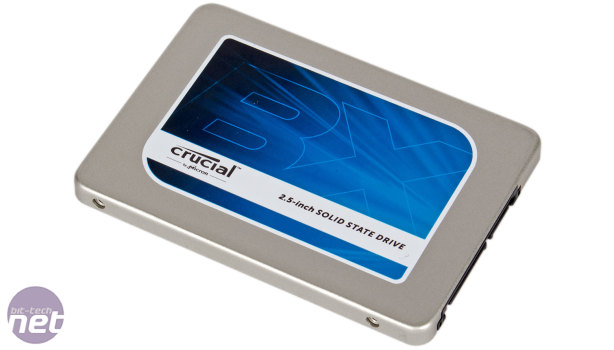
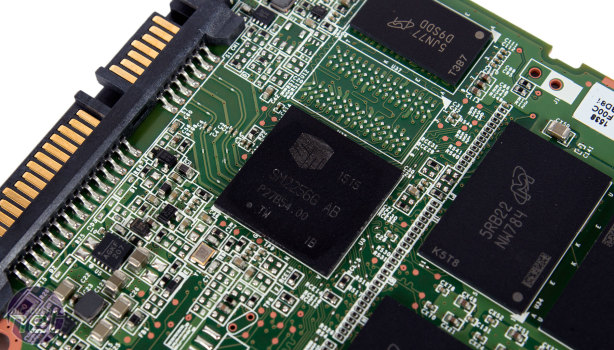
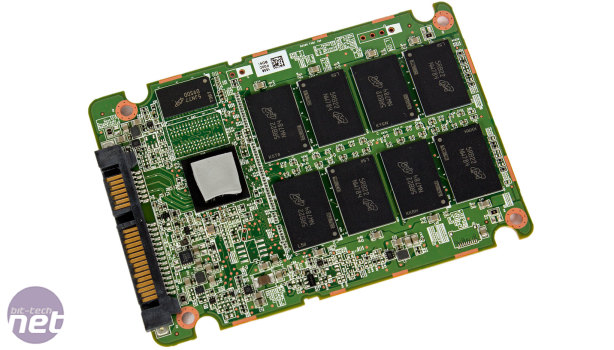
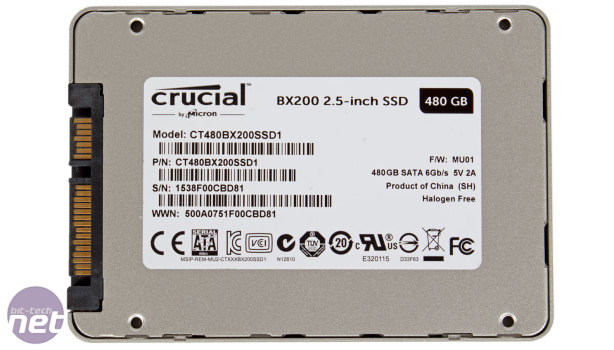
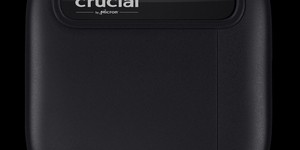
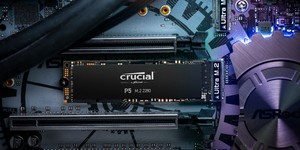
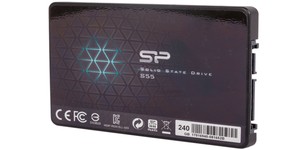





Want to comment? Please log in.